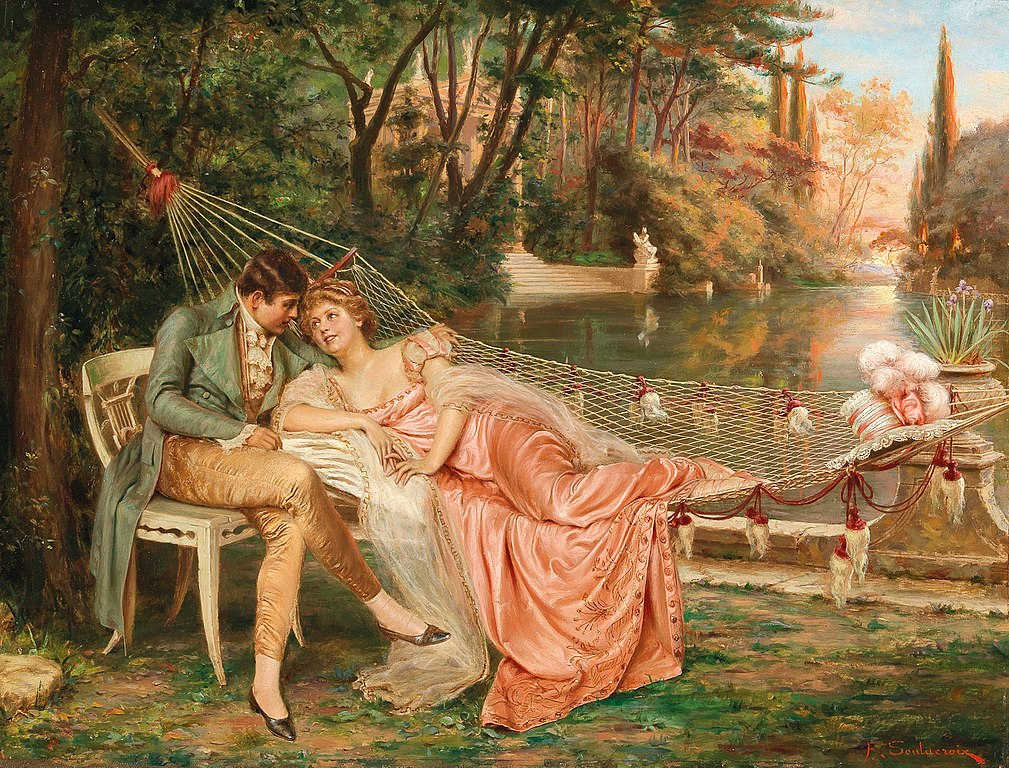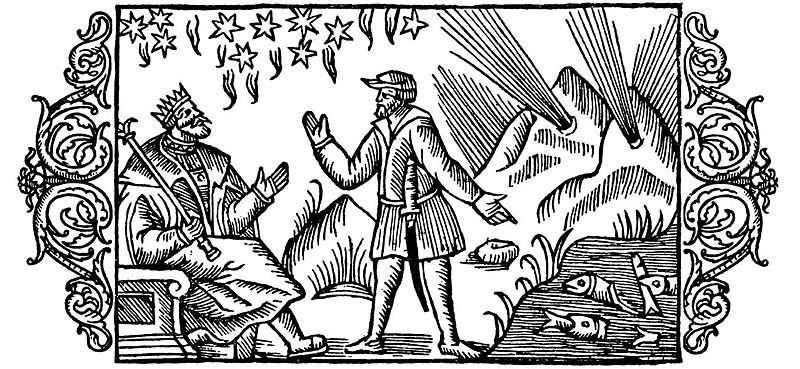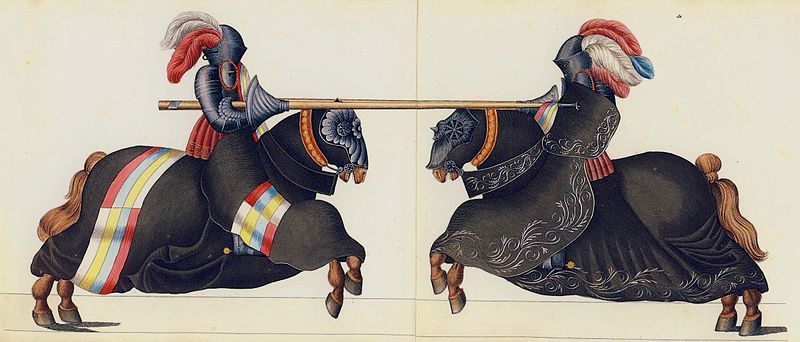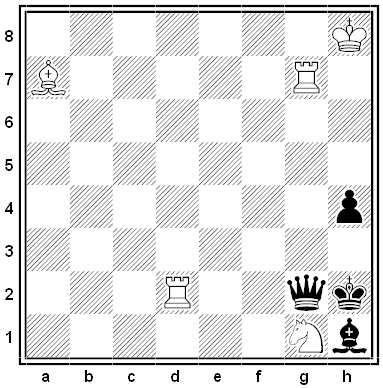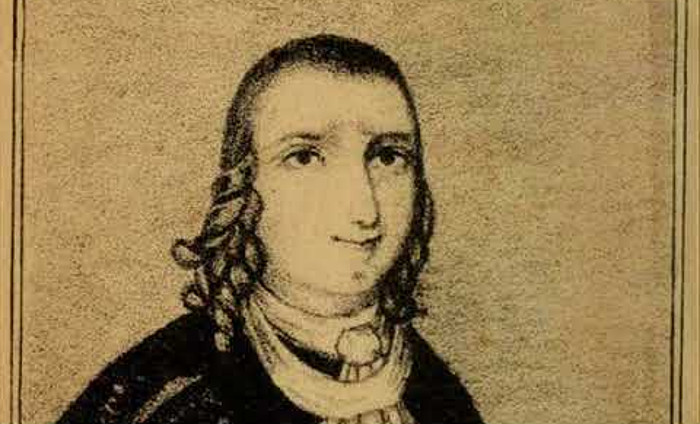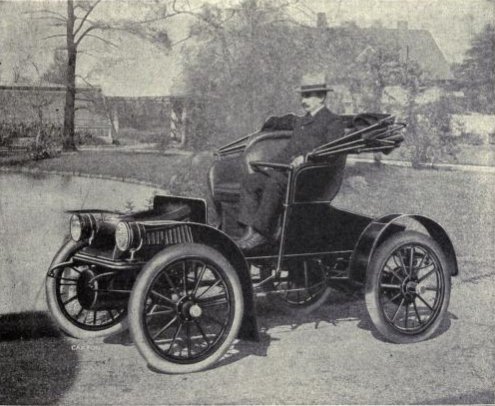When I feel a pain in my leg, what do I mean by in? It might seem that I’m referring to spatial location: The pain resides within the tissues of my leg. But philosopher Ned Block points out that then this argument should be valid:
The pain is in my fingertip.
The fingertip is in my mouth.
Therefore, the pain is in my mouth.
“The conclusion obviously does not follow, so we must conclude that ‘in’ is not used in the spatial enclosure sense in all three statements. It certainly seems plausible that ‘in’ as applied in locating pains differs in meaning systematically from the standard spatial enclosure sense.”
(Ned Block, “Mental Pictures and Cognitive Science,” Philosophical Review 92:4 [1983], 499-541.)

